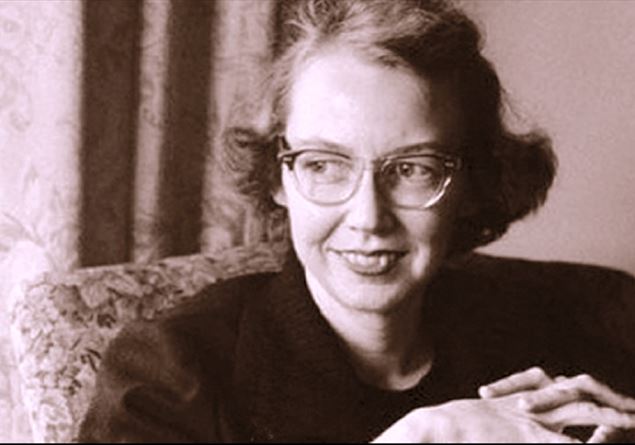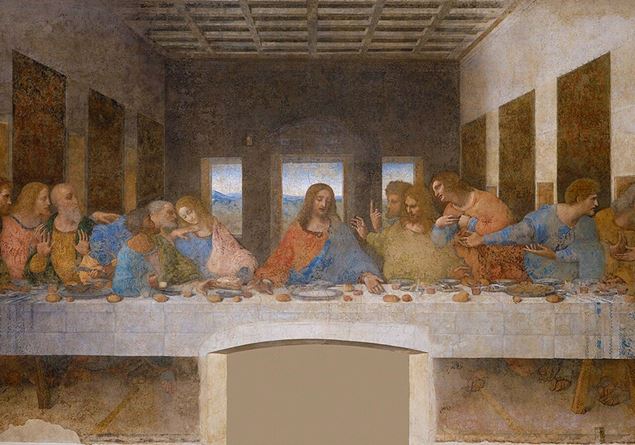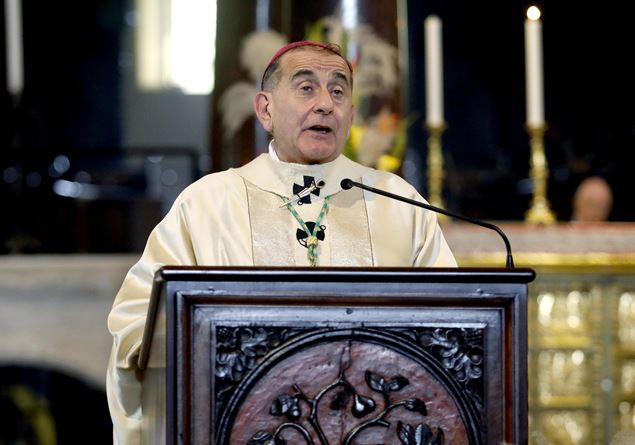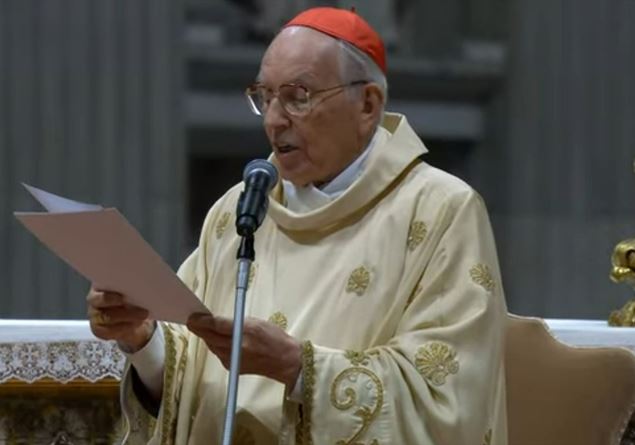Flannery O’Connor was one of the greatest narrators of the twentieth century, in good company with Steinbeck, Hemingway, Faulkner, but more than niche. The centenary of his birth offers the opportunity to rediscover it, thanks also to the intense and passionate novel The girl of Savannah (Mondadori), who dedicated to Roman Petri: «She was an absolute genius. It was beautiful and tremendous to have been she, a fairly shocking experience ». Such could not fail to be for the complexity of an “immense”, eccentric and extreme character, that in his two novels, wisdom in the blood and sky is of the violent, and in the 32 stories he tried to intercept that nodal point, where the earth and the sky, the human and the divine, join the incarnation of Christ. An amalgam of light and dark, of meat and spirit, of sin and redemption.
Born in Savannah, Georgia, on March 25, 1925 to Irish parents, Petri’s Mary Flan comes to meet us, as a child, while puncturing the guardian angel because he does not accept intermediaries between her and that God who will become the driving force of her existence: “Lord, make you want to want you. For me it would be the greatest happiness ». At six he became famous for teaching a chicken to walk back and forth. He will write many years later: «I know for sure that this was the most important moment of my life. All the rest a decrease ». The chicken had taught her that nothing is impossible.
On the family farm, where he spends his painful existence, undermined by a lupus erythematous, he raises geese, chickens, hens to whom he sews clothes, acquires 40 peacocks that with their splendor become a soothing for physical wounds and inner anxieties, remind them “a starry sky symbol of immortality (…) are the map of the universe”.
But above all, after having dreamed of impossible loves that overlooking and disappeared, he devoted himself to his God. “(…) I have a very important task: I have to learn to use the words to tell God. I am” converting “to writing and I use this verb to make you understand that I will never renounce my identity and my faith. I am trying to do order to feel spiritually all of one piece. I will play a role, that of the South Catholic writer », he writes to the mother. And he adds: «Between me and most of the writers there is a difference. They place the man at the center of their stories. I put God to us ». But the real letters, as Romana Petri tells, writes to God with whom he enters an increasingly intimate communion, struggling with words to be able to talk about it sublime. His is a troubled faith: «It is not a blanket, it is a cross. Suffering is an antidote to warm faith. We must be violent to conquer the kingdom of heaven, violent against his own selfishness, violent towards himself, imitating the Christ the Savior ».
Mary Flan in that Christ finds the strength, that the increasingly disabling disease takes them, to travel and go to keep conference, participate in conferences, meet and confront the many people who admire it. He manages to go to Lourdes with a pilgrimage and to Rome, where he had the opportunity to meet Pius XII. The doctors had predicted a few years of life, multiply them up to thirty -nine. Thanks also to that authoritarian and severe mother – the much loved father had also died for a lupus – who never managed to understand that rebellious and unconventional, sarcastic and ironic daughter, who scandalized with his “Catholicism” the right -thinking of a traditionalist South, but who always remained next to her with granite dedication.
In the Andalusia Ranch, Mary Flan built her personal theology every day, inspired by San Tommaso, nicknamed “L’Aquinate”, and enriched by the discovery of Teilhard de Chardin and Simone Weil. A theology founded on the face of the Crucifix Christ who discovered in the pain of ordinary people, in the events of every day, in the protagonists of his stories, in their disastrous existences of bankruptcy and fools, of violent, where God offers everyone, as to all of us, his redeemed grace.










